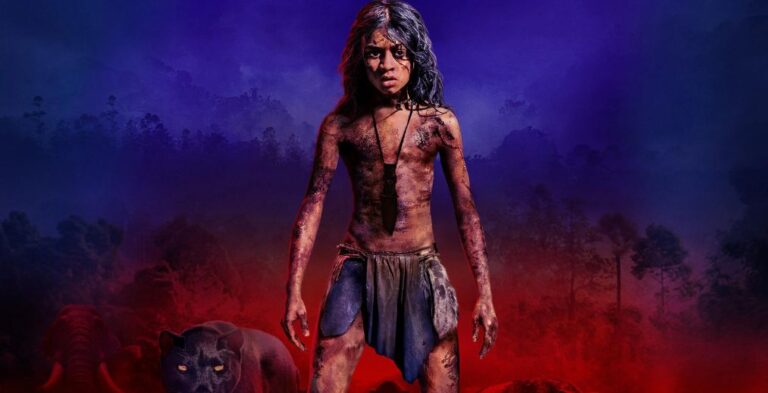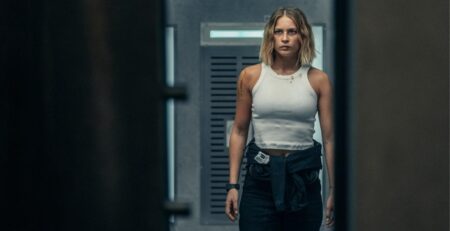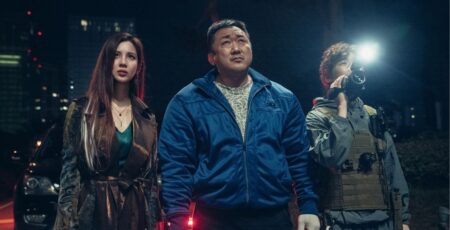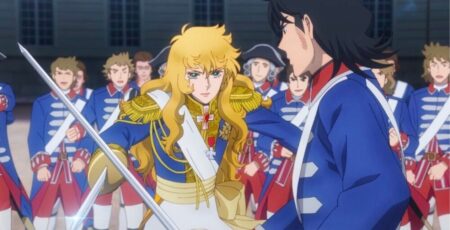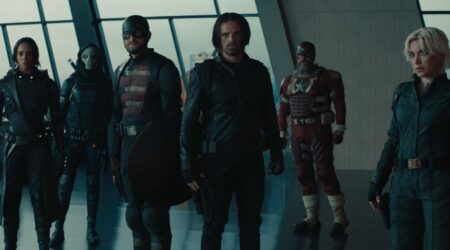The Jungle Book by Rudyard Kipling has been adapted many times, most notably by Disney in 1967 and again in 2016 when the company produced the “live-action” of the story, with songs included in both. The lighter tone and comedy is something that generations have become accustomed to especially if they have not been exposed to Kipling’s original work.
This year, Andy Serkis dropped the Netflix original movie Mowgli: Legend of the Jungle on December 7th. The film is not too far away from the story we know, with Bagheera (Christian Bale), Baloo (Andy Serkis), Kaa (Cate Blanchett), and the villainous Shere Khan (Benedict Cumberbatch) all having their roles present. Not only are these characters voiced by great actors who give amazing performances, but they are also motion captured.
Serkis has long been known for excellence behind the faces of CGI characters and has offered up wonderful performances in front of the camera as well — with Ulysses Klaue in the Marvel Cinematic Universe’s Black Panther being my favorite. When stepping behind the camera to direct he offered something to the CGI that was lacking in Disney’s “live-action” Jungle Book, heart.
The story of Mowgli is simple, the titular character is a man-cub (Rohan Chand) is found by the panther Bhageera and saved after the tiger Shere Khan has killed his mother. He is taken in by a pack of wolves and raised as a member of the pack. With his teacher Baloo and Bhageera he attempts to find his place in the jungle, the only home he’s ever known. But when he turns the tools of man upon the pack he is banished. From there he tries to find where he belongs. Is he a man or wolf?
Mowgli is darker than most and it puts Mowgli through a lot of trauma.
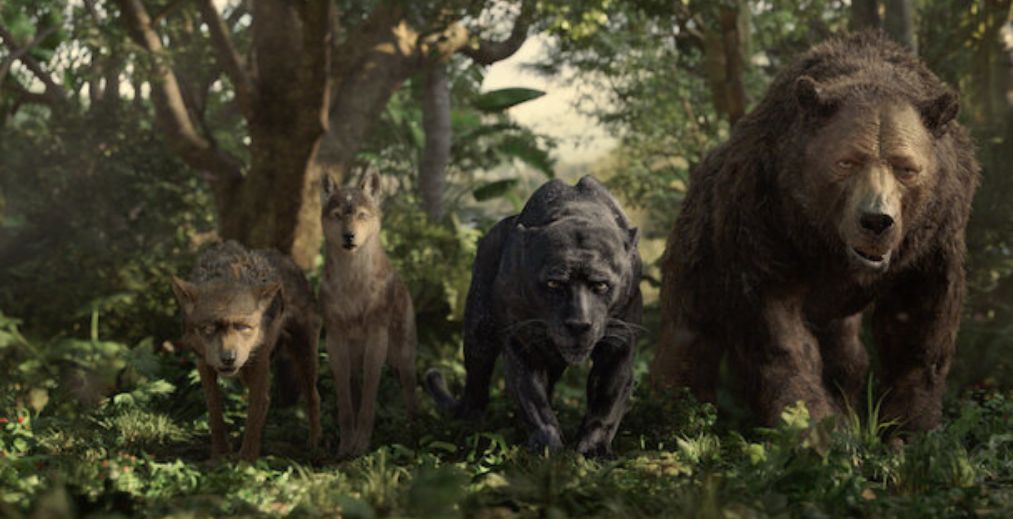
In the Disney versions, the ones that many have compared this film to, the dispositions of Bagheera and Baloo are lighter and in the case of the latter comedic. But in Mowgli, they are deeper and more serious. Their love for Mowgli comes through in their actions, and their need to protect him is shown in an amazingly animated fight scene with the monkey people towards the middle of the film. The motion capture helps show the emotion of the animal care-givers in a way that deepens the emotion expressed in their voices, there is a realness to them that makes you suspend disbelief.
The love of the jungle towards Mowgli isn’t just shown in the actions of Bagheer and Baloo, but also through his mother, Nisha (Naomie Harris), pack leader Akela (Peter Mullan), and Brother Wolf (Jack Reynor). There is an importance to the small lines and moments between Mowgli and his pack that there is a kindness and love the deepens their bond and helps the audience know them.
Some of the other choices in the film help make it stand out from the pack of former adaptations in ways that I didn’t know I would be grateful for until I watched it. The dialogue shows the burden of man on the jungle and each animal regardless of their caregiver or villain status are shown to be built by the world around them. With a screenplay from Callie Kloves, the complexity of life in the jungle is apparent.
From the wolves who hold the laws sacred, to Bagheera who has an origin similar to Mowgli, and even to the murderous Shere Khan who’s fear of man is his soul motivation, we see characters with depth. And none of it detracts from Mowgli.
We also see Ka, the anaconda with the hypnotic eyes, used as a narrator and guiding force for Mowgli in the movie. Blanchett offers voice over work that makes me never want to see another voice actor claim that role. With the addition to expanding Ka’s role, we all see a new face, Bhoot (Louis Ashbourne Serkis), who works as a way to see into Mowgli’s mind and heart. Bhoot is different himself and not too much unlike the man-cub. This character is also the one who brings out some of the man-cub’s most emotional moments.
In Mowgli, we also get to know more about our protagonist. By showcasing the Indian man-village more prominently than others have shown before, Serkis pushes the character to a new depth. We get to see him in the jungle, we get to see him with man, and we get to see him find himself in a way that isn’t just standing up to the tiger, but is really standing up to the realities of man’s violence which is present in every section of the movie.
The film is darker than most and it puts Mowgli through a lot of trauma, but it also sees him through it. The role is so large and Chand excels in it. There isn’t a moment where I question the emotion being portrayed on a screen — a moment that happens frequently with child actors. When Mowgli cries, the viewer feels it. When his resolve breaks, we feel for him. And when he triumphs we are happy.
The animals themselves also look more real than other adaptations as well. They look to have lived in the jungle and just been modeled from an animation which was the case with the 2016 stab that Disney took. The animals also look closer to what their real-life counterparts look like in India, adding more to the setting.
Serkis’ Mowgli is not flawless. The CGI can distract sometimes and it’s apparent that Mowgli and the animals of the jungle aren’t on the set really. But you’re pulled back in the moment any of the characters have close-ups of their faces and their lines delivered. The motion capture is beautiful and expressive and is a reason why I will gladly rewatch this Netflix original and share it with others. It also suffers from some pacing issues in the third act but the performances are well worth the watch and the story ends with a sense of completion, wonder, and love for both the man-cub and the jungle.
Mowgli: Legend of the Jungle is streaming exclusively on Netflix.
Mowgli: Legend of the Jungle
-
Rating - 9/109/10
TL;DR
Serkis’ Mowgli is not flawless. The CGI can distract sometimes and it’s apparent that Mowgli and the animals of the jungle aren’t on the set really. But you’re pulled back in the moment any of the characters have close ups of their faces and their lines delivered.

